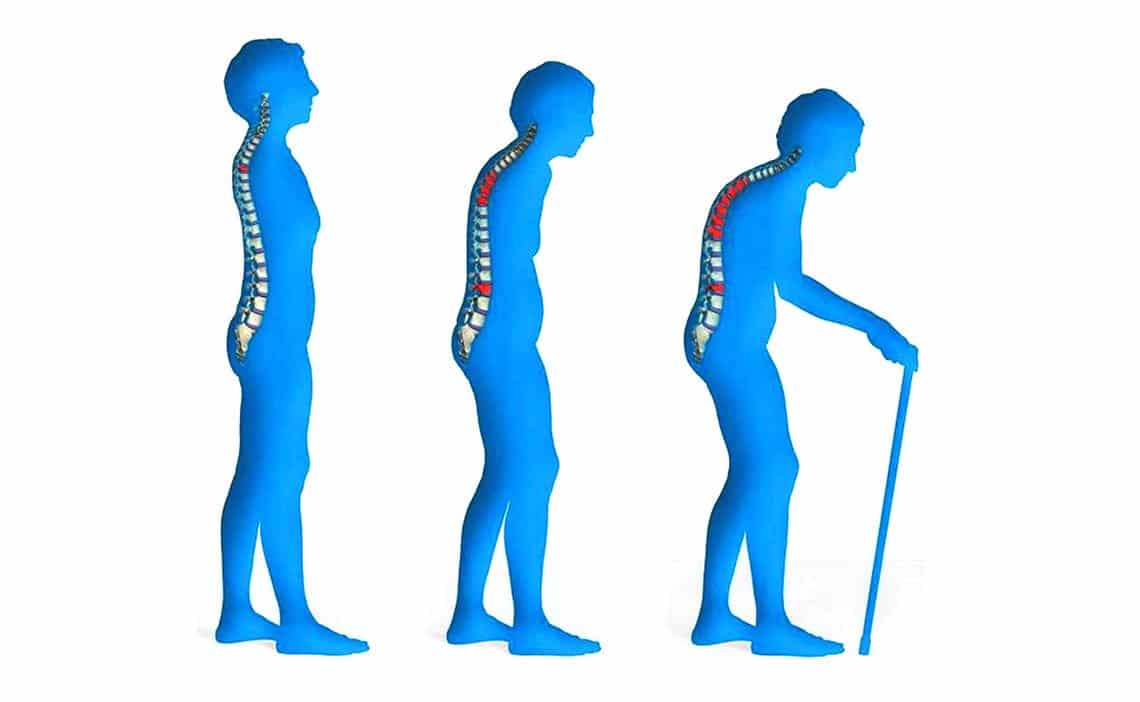Your shopping cart is empty.
Browse our collection or make an appointment.

Rheumatism is an umbrella term for a wide range of inflammatory conditions that damage the musculoskeletal system and surrounding tissues and structures. The disease is more common in women than in men.
Rheumatism can appear at any time in life, although it occurs more often in adults than in children.
"Rheumatic diseases" occur mainly in the joints, but can also occur in other parts of the body, such as to bones, muscles, nerves and cartilage. Rheumatism can lead to various (prolonged) pains and stiffness of the joints. At the level of these joints, the patient may also experience redness, tingling and swelling.
There are different forms of rheumatic diseases. The best known are rheumatoid arthritis (RA) and osteoarthritis. There are 4 rheumatic types, namely: inflammatory rheumatism, wear-and-tear rheumatism, soft tissue rheumatism and skeletal rheumatism. The cause, symptoms and course of the disease are different in each type of rheumatism.
According to the latest data, one in five Dutch people has one or more forms of rheumatism. It is likely that this number will only increase in the coming years.
"The best bed" for people with rheumatoid arthritis does not exist. The most important properties of a bed base and mattress are:
A pressure-reducing mattress can help a rheumatoid arthritis patient get a better night's sleep with less pain. Such a mattress provides greater lying comfort than one that distributes little or no pressure. Because blood flow is not cut off, one sleeps more restfully and intensely. A pressure-reducing mattress particularly reduces pressure on the protruding parts of the body, such as shoulders and hips, so that blood flow remains optimal.
Especially people with rheumatism or osteoarthritis benefit greatly from proper pressure distribution since even the slightest pressure can be painful.
Memory foam is widely used for rheumatism because of its pressure-reducing effect. Because the mattress reduces the pressure on the body while lying down, rheumatism-related symptoms become more bearable.
A memory foam overlay mattress can also help well with rheumatism or osteoarthritis. A memory foam overlay mattress can be used on top of your existing mattress; it adapts to the body and improves blood flow.
Pay close attention to the breathability of both the mattress and the overlay mattress. This is especially important for rheumatoid arthritis patients, as otherwise it can quickly become too humid and clammy. Rheumatoid arthritis patients are easily affected by moisture and benefit from dry air. Thus, Dr. Wieb Patberg advises rheumatoid arthritis patients to keep skin ventilation as high as possible by sleeping with the window open and not wearing pajamas.
A lightweight comforter or blanket arch reduces the weight of bedding. A blanket arch sometimes makes it a little uncomfortably cold in bed. You can then place a flannel blanket over your body. You can borrow a blanket arch from home care.
Some people find an electric underblanket or upper blanket very pleasant and relaxing for the muscles. The disadvantage is that these quickly become too hot.
Which pillow is best for you depends on your sleeping position.